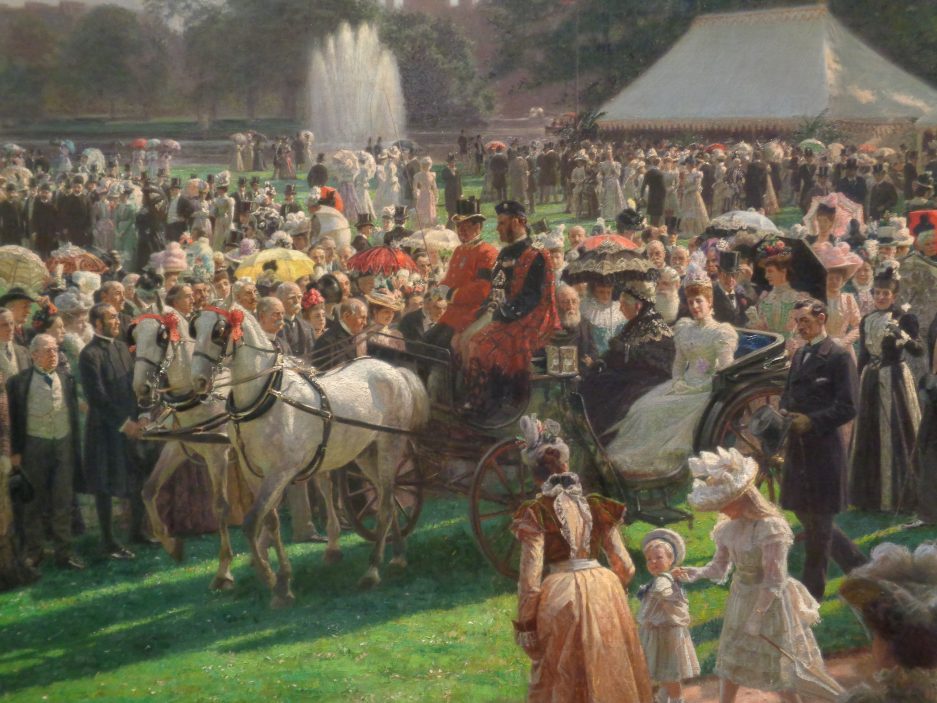Bloggers’ note:
I initially thought that the lockdown would have meant more time to blog and write. Unfortunately it didn’t work that way as I was unable to go to a library to do some research. Secondly, I live in a not very good part of London which has barely any green spaces much less a decent high street. While some people have had a good lockdown, I’m sorry to say that I’m not one of those.
When museums and historic homes reopened, I was not ready to play along with the lunacy that they have put under the guise of “safety” and so have partially boycotted them. Also out of the question was window shopping as I had no wish to be treated like a leper. Being treated like one in supermarkets was bad enough.
The one silver lining with all these is that I have taken this opportunity to explore more of London and learn more about this city that I call home. Over the next few entries, I will be documenting about the walks and places I’ve been to over the last few months.
Bruton Street London
Walking around London has taken me around places and streets that either I would have overlooked or only encountered in passing from the window of a bus. One of these streets is Bruton Street in the heart of Mayfair.
I first encountered this street when I was reading a book about Her Majesty the Queen which stated that she was born in the London home of her maternal grandparents the Earl and Countess of Strathmore. Number 17 had been their London address since 1920 and was the Bowes-Lyon family base during the Season.
From photos taken during the early 20th century, the townhouse was typical of the architecture one can see around Central London – large windows, classical columns and an arched doorway. The house itself has witnessed events connected to royal history, not only was Her Majesty born here on 21 April 1926 and where spent the first few months of her life but it was also where her mother the then Lady Elizabeth Bowes-Lyon left for her wedding to the Duke of York on 23 April 1923.
The house like many others in the vicinity fell victim to the German bombs during World War 2 and was demolished afterwards. Today it is an office block and a Chinese restaurant Hakkasan. Two plaques one installed in 1977 and another in 2012 now mark the spot as the Queen’s birthplace.
Across number 17 is number 26 that has the words “Hartnell” emblazoned and a blue plaque by English Heritage that denotes that this was the residence and studio of Sir Norman Hartnell (1901-1979), court dressmaker and fashion designer.
Norman Hartnell might not be a household name now but from the 1930s until his death in 1979; he was the chief designer for Queen Elizabeth the Queen Mother (where he created the famous “White Wardrobe” for the French state visit in 1938) and the Queen (he designed her wedding and coronation gowns). He also dressed a number of society ladies, designed costumes for film and stage then from the Second World War onwards also designed clothes for the mass market via sewing patterns; ready to wear; licences for accessories such as tights and costume jewellery as well as a best-selling perfume In Love. These ventures together with travelling fashion shows and reports about the royal family’s engagements in the UK and abroad ensured that Hartnell would always be in the news.




He was also credited for helping put London on the fashion map and pave the way for the British capital to provide serious competition to Paris’s stranglehold on the fashion industry. His designs for the then Queen Elizabeth and Princess Margaret have influenced other designers such as Christian Dior and Christopher Kane.
Hartnell moved into number 26 Bruton Street from number 10 in 1935 as his business grew. Number 26 served his studio, workshop and showroom and from the 1950s was also his main residence. After his death, the couture business was kept running by former employees however rising costs together with social changes meant that the House of Hartnell could no longer survive and compete with new players. It finally closed in 1992 and today the townhouse is home to antique dealers S.J. Phillips, Roland Phillips and the jeweller Glenn Spiro. However the Hartnell name lives on in the signage outside number 26.
The plaques outside number 17 and 26 give us a glimpse into Bruton Street’s former life and its associations with Royalty, aristocracy, fashion and high society.
Photos of present day number 17 and 26 Bruton Street taken by blogger
Further Reading:
Howard Spence (ed.) The English Heritage Guide to Blue Plaques (London, 2019)
Norman Hartnell. Silver and Gold (London, 1955)
Michael Pick. Be Dazzled! Norman Hartnell: Sixty Years of Glamour and Fashion (London, 2007)
Ingrid Seward. The Last Great Edwardian Lady: The Life and Style of Queen Elizabeth The Queen Mother (London, 1999)
William Shawcross. Queen Elizabeth the Queen Mother: The authorised biography (London, 2009)
Deidre Murphy and Cassie Davies-Strodder. Modern Royal Fashion: Seven royal women and their style (London, 2015)
Colin McDowell. A Hundred Years of Royal Style (London, 1985)
A Look at 17 Bruton Street
https://exploring-london.com/tag/17-bruton-street/
Fashioning Royal Style, 1870-1939 Part 2
Exhibition Review: Royal Women: Public Life, Personal Style (Fashion Museum, Bath)







